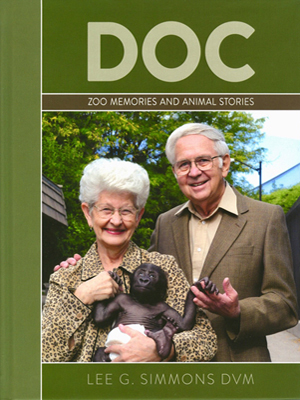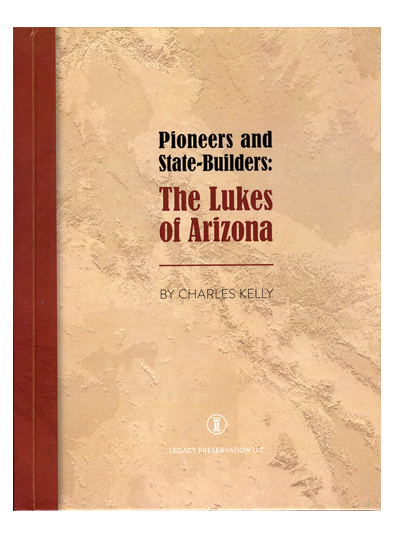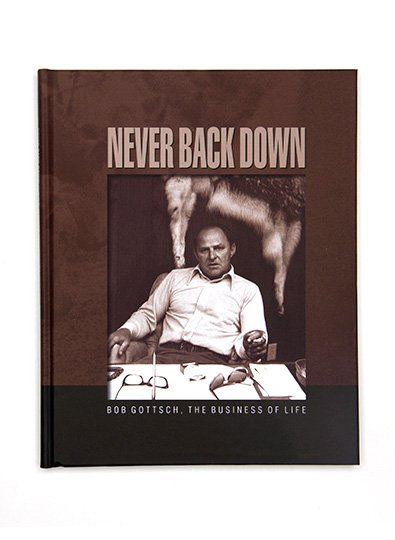Shark hunting in the Florida Keys. Catching diamondbacks during a spring norther in west Texas. Lassoing a 600-pound taper with the night watchman. These are just a few of many captivating stories care of Dr. Lee Simmons, longtime director of Omaha’s world-renowned Henry Doorly Zoo and current board chairman of the Omaha Zoo Foundation.
For years, many of Simmons’ colleagues tried to convince him to write a book so his stories could be shared with others. Well, he finally got around to it, and Legacy Preservation is proud to have assisted Simmons in his work,
a 371-page book that is part autobiography, part zoo history, and overflowing with fun stories from his 65 years spent in the zoo world. It sounds a touch cliche, but there's a little something for everybody in this book.
As one Omaha newspaper columnist put it, “with candor and humor, even disclosing mistakes—yes, the futile, decadelong pursuit of pandas—Doc takes readers around the world in 80 years, his time on earth so far.” If you’re a zoo or animal lover, or simply someone who enjoys entertaining reading, you’ll grab Doc, and you’ll have a hard time putting it down.


 ‘Look boy—we want you to succeed, so whatever you do, balance the damn budget, and we’ll probably let you do any damn thing you want. I’m not going to tell you how to run the zoo, but if you need help, all you have to do is ask.’ Happily, that’s pretty much the way it turned out.
‘Look boy—we want you to succeed, so whatever you do, balance the damn budget, and we’ll probably let you do any damn thing you want. I’m not going to tell you how to run the zoo, but if you need help, all you have to do is ask.’ Happily, that’s pretty much the way it turned out. 








